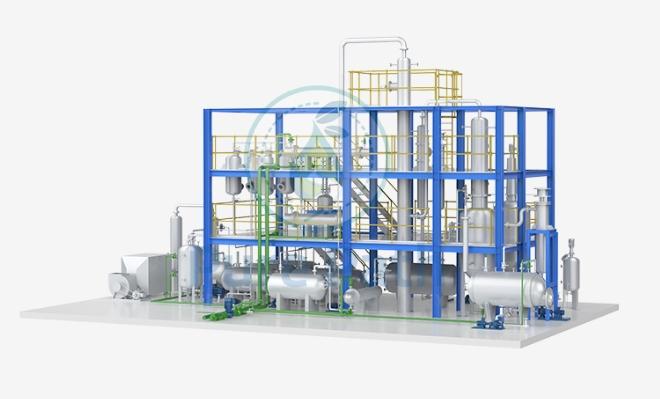White spirit distillation plants are essential to various industries, including paint production, cleaning agents, and metalworking. However, these facilities also present significant health and safety risks due to the flammable nature of white spirits and the potential for hazardous byproducts. To ensure a safe working environment and comply with regulations, it is crucial to implement robust health and safety protocols.
Understanding the Risks
Flammability: White spirit is highly flammable and can ignite easily, leading to fires and explosions.
Toxicity: Exposure to white spirit vapors can cause headaches, dizziness, nausea, and respiratory irritation. Long-term exposure may also have adverse health effects.
Hazardous Byproducts: The distillation process can produce harmful byproducts, such as carbon monoxide and other toxic gases.
Slip and Fall Hazards: Wet or slippery floors can increase the risk of accidents.
Best Practices for Health and Safety
Risk Assessment and Hazard Identification: Conduct regular risk assessments to identify potential hazards and evaluate their severity. Implement appropriate control measures to mitigate risks.
Emergency Preparedness: Develop and regularly practice emergency response plans, including fire drills and evacuation procedures. Ensure that all employees are trained in emergency procedures.
Personal Protective Equipment (PPE): Provide and require the use of appropriate PPE, such as safety glasses, gloves, respirators, and protective clothing, to minimize exposure to hazardous substances.
Ventilation and Air Quality: Ensure adequate ventilation in all areas of the plant to prevent the accumulation of flammable vapors and toxic gases. Monitor air quality regularly to identify and address any issues.
Fire Protection: Install and maintain fire detection and suppression systems, including fire extinguishers, sprinklers, and alarms. Conduct regular inspections to ensure their proper functioning.
Electrical Safety: Comply with electrical safety standards to prevent fires and electrical shocks. Regularly inspect electrical equipment and wiring.
Safe Storage and Handling: Store white spirit and other chemicals in designated areas, away from heat sources and ignition sources. Implement proper handling procedures to prevent spills and leaks.
Employee Training: Provide comprehensive training to all employees on health and safety procedures, including emergency response, chemical handling, and the use of PPE.
Regular Inspections and Maintenance: Conduct regular inspections of equipment, facilities, and safety systems to identify and address potential hazards. Implement a maintenance program to ensure that equipment is in good working condition.
Compliance with Regulations: Stay up-to-date with local, national, and international regulations related to health and safety in the chemical industry. Ensure that the plant complies with all applicable laws and standards.
By implementing these best practices and maintaining a strong commitment to health and safety, white spirit distillation plants can create a safe and productive working environment for their employees. Adherence to health and safety protocols not only protects human life but also ensures the long-term sustainability of the business.



